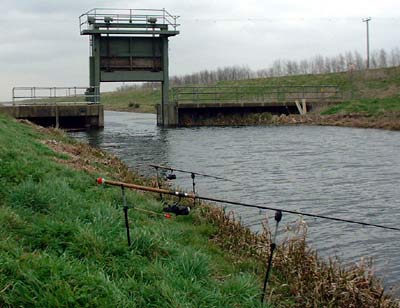Scientists later said tiny bacteria had multiplied to unnaturally-high levels in the shallow Old Bedford River around Welney last August. When the microbes died they decomposed, robbing oxygen from the water. Nutrients leaching into the Bedford from the surrounding farmland had built up in the thick layer of silt which cloaked the bed of the drain. Now the EA has revealed plans to dredge the waterway for the first time in a decade. Three draglines and a dredger are moving in to clear silt from a 5km stretch downstream of Welney Sluice. Over the next two years they will dredge further sections to remove phosphate-enriched silt from the river. English Nature has given the go-ahead for work to start on the Bedford, which is a Site of Special Scientific Interest. EA environment manager Paul Waldron said: “We believe that in recent years the accumulation of silt in certain sections of the Old Bedford is on of the factors which contributed to the serious fish losses the watercourse has experienced. “The planned dredging operation should improve the water quality and in so doing reduce the risk of further fish kills.” English Nature conservation officer Jonathan Graham said: “The EA’s report clearly identifies that high temperature and phosphate were the causes pf the fish kill. “English Nature believes that dredging the Welney section will reduce the likelihood of further fish kills.” Officials hope dredging the Bedford will encourage boaters to return to the waterway, with lock openings and boat traffic helping to oxygenate the water. |
Welcome!Log into your account











